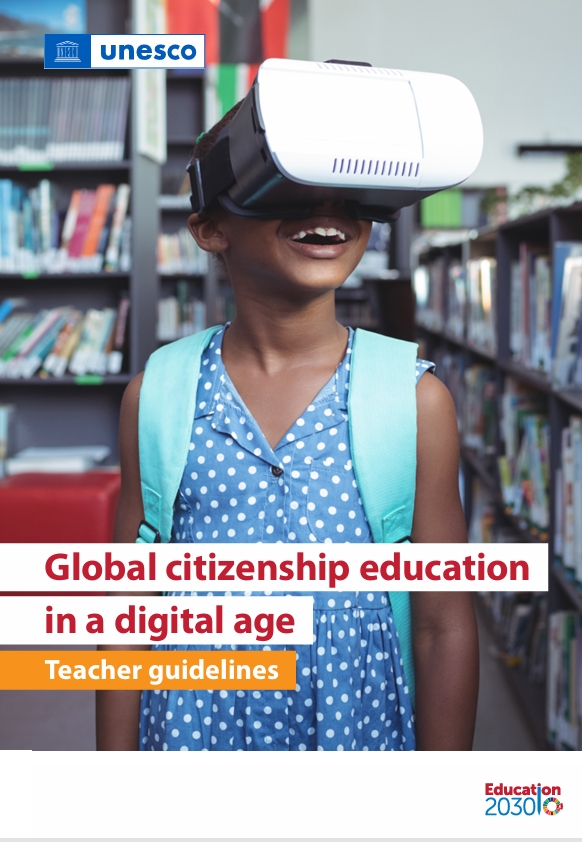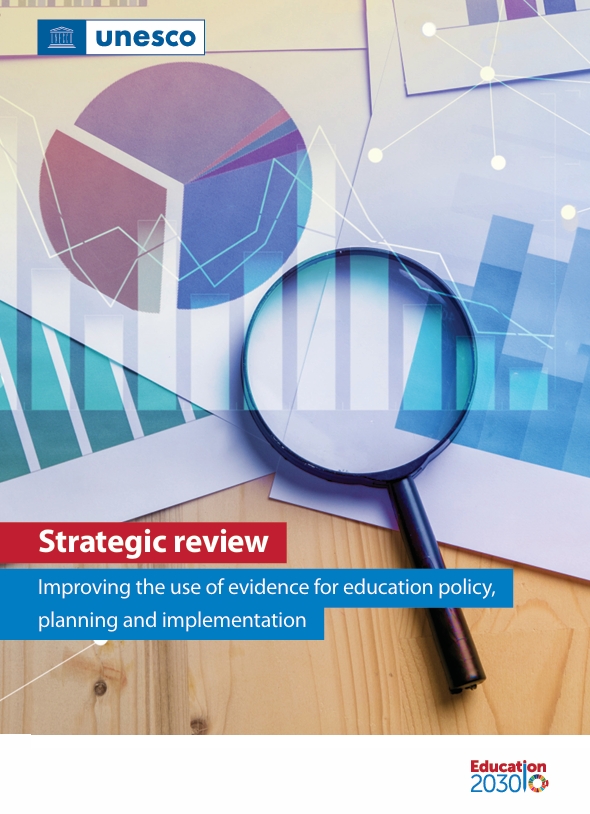Background and Context
Equity is at the heart of Sustainable Development Goal 4: “Ensure inclusive and equitable quality
education and promote lifelong learning opportunities for all”, and the Incheon Declaration of the 2015 World Education Forum, which calls inclusion and equity “the cornerstone of a transformative education agenda”
1 . Broad-based expansion of opportunity in education, with particular emphasis on those that are facing disadvantages due to their socioeconomic background, disability, ethnic identity, gender, effects of displacement, or other characteristics and forms of adversity, becomes an important element of understanding success in educational development – indeed, of success in development at large. A transformative education agenda seeks to build equity in and through education, both changing experiences in the classroom and improving the potential of schooling to shift life trajectories for those facing adversity.
In addition to affirming high-level commitment to education and the importance of equity through educational opportunity, the Incheon Declaration was important in setting a new set of requirements on tracking progress against SDG 4. With equity at the center of the international policy framework, it is no longer acceptable to gauge progress in education using population-wide averages in school participation and learning. Rather, one is pushed to examine the extent to which reform efforts in education are serving to improve inclusion and ease the path to greater equality for those that are facing disadvantage due to social and demographic characteristics. In stating that “no education target should be considered met
unless met by all”2 , the Declaration calls on education systems to confront head-on the challenge of identifying, documenting, and measuring education opportunity (and lack thereof) for a much broader set of dimensions that characterize the school-aged population. Just as gender became a mandatory reporting dimension in education since the start of the Education for All era in Jomtien, Thailand in 1990,
so is Incheon ushering a new order, calling for greater depth in the provision of educational opportunity, and greater breadth in understanding and closing disparities in participation and learning. The real challenge, as always, lies in the realization of the promise of Incheon. Convened by UN agencies and governments, the Education 2030 declaration justly places the burden of realizing this promise on national governments. A number of global initiatives and mechanisms are being put in place by multilateral agencies to support and enable this process. However, it is incumbent on the international education community – including international agencies, civil society, private sector, and independent funders and educators – to do their part in creating a culture where an equity lens is increasingly applied to all processes of strategy, program design, implementation, data generation, and evidence building.
As education practitioners and stakeholders in the realization of these goals, it is the responsibility of every funding, implementing and research organization in education internationally to be asking questions about our own contributions to building equity. While a great amount of data gets produced in the course of education development projects, only a fraction provides the depth that is needed to assess intervention impact on the different equity dimensions. At the technical and implementation level, organizations need to capture and use the necessary evidence to understand and respond to inequity in education provision and outcomes. To do that, we need to be deliberate in building M&E and learning systems that generate the depth of data and analysis that helps answer the question: are we improving






